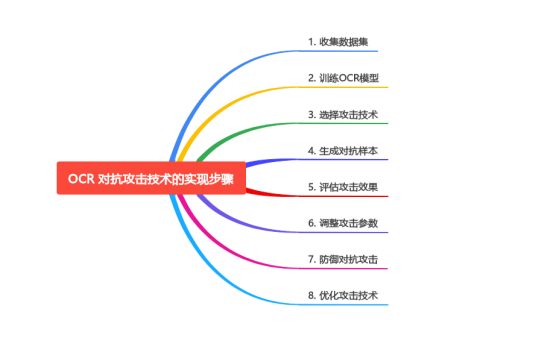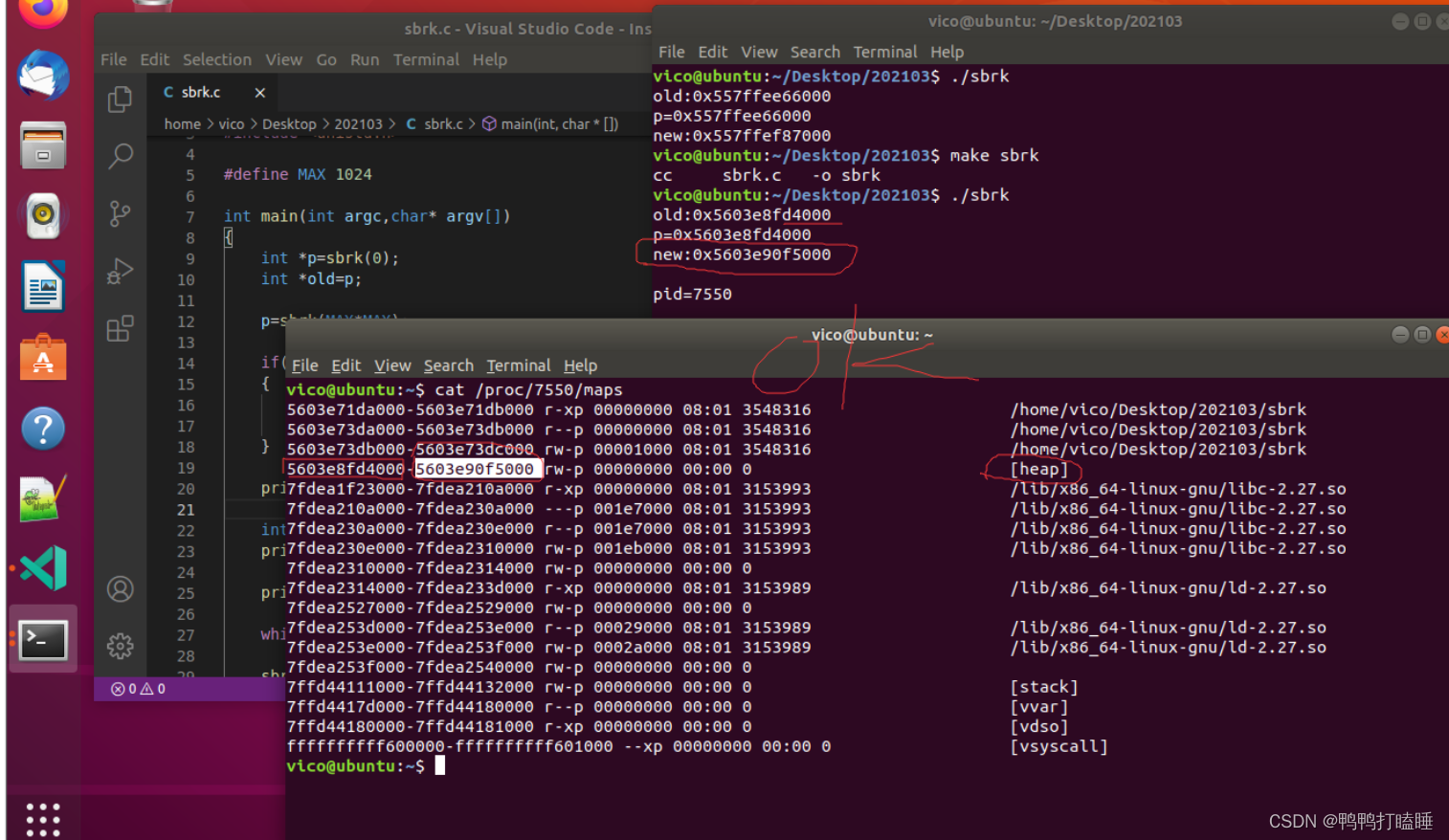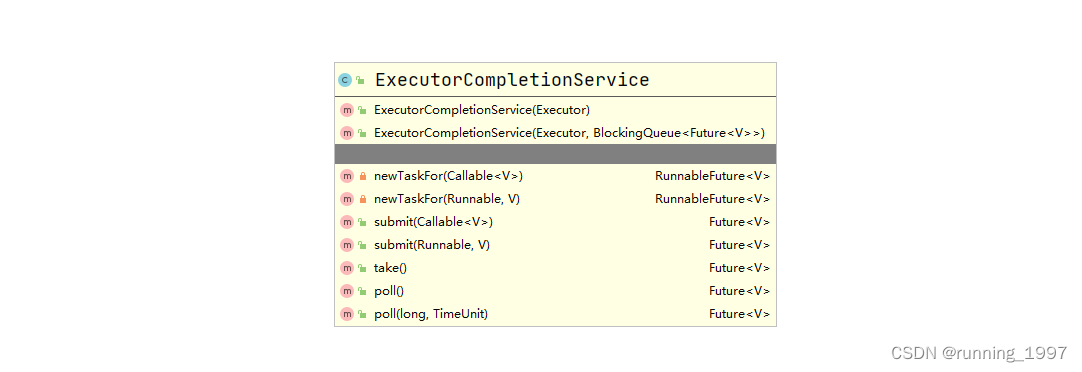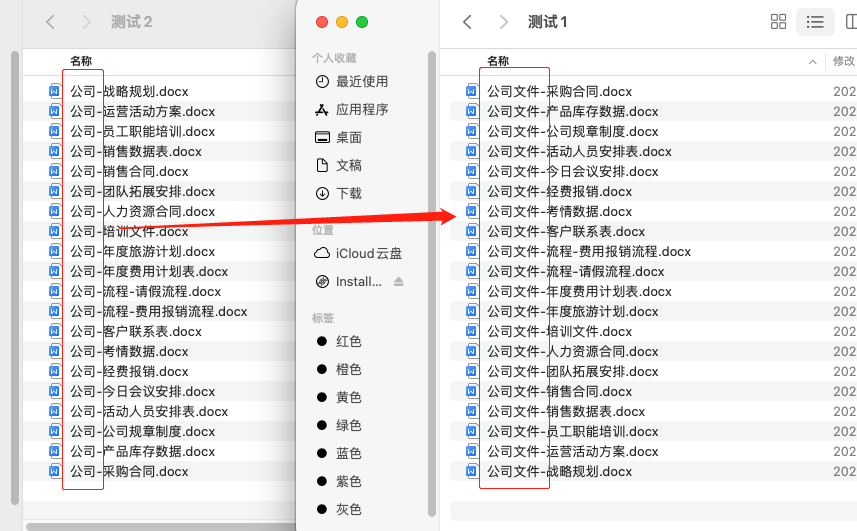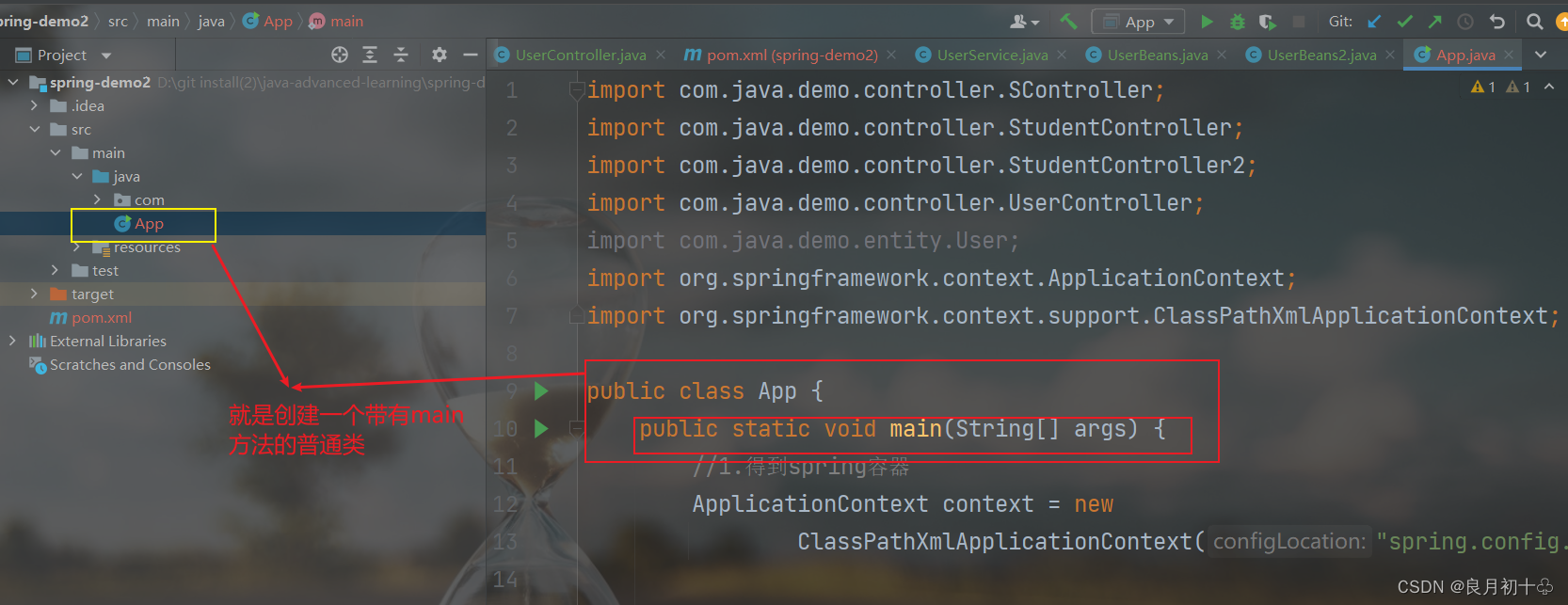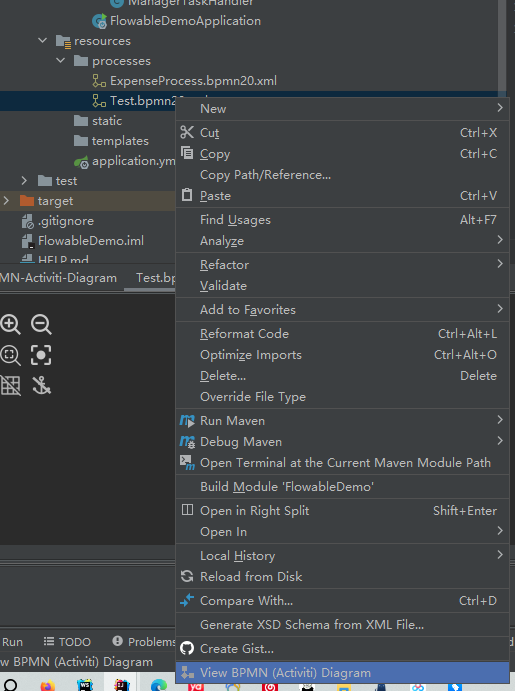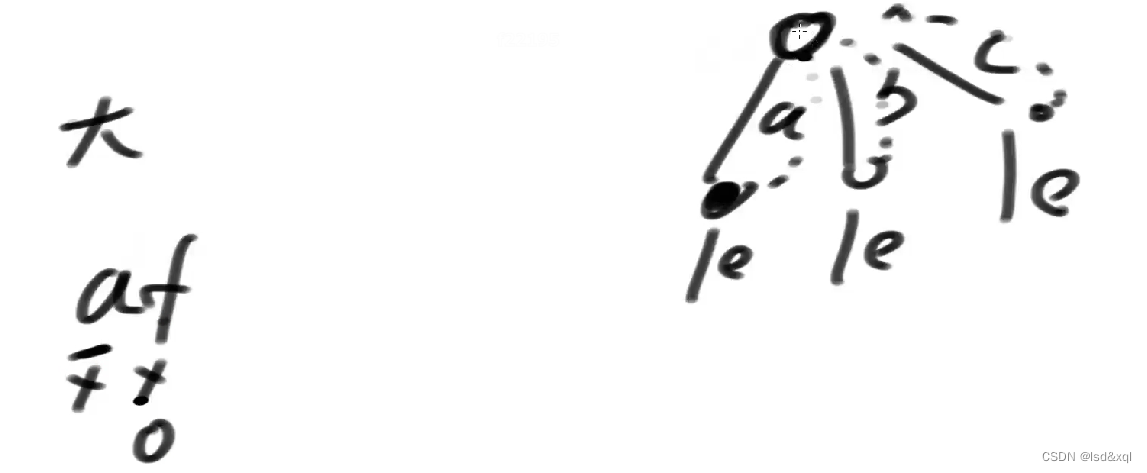写到290题使用stringstream简化步骤,学习一下使用
目录
小问题?
成员函数clear()
那么问题来了?clear在啥时候用呢?
数据类型转换
<sstream>库定义了三种类:istringstream、ostringstream、stringstream
<sstream> 主要用来进行数据类型转换,比如可以将一个int类型的对象存入流中,然后经过流赋值给一个string的对象中,从而实现了int到string的转变,由于 <sstream> 使用 string 对象来代替字符数组,就避免缓冲区溢出的危险;而且,因为传入参数和目标对象的类型会被自动推导出来,所以不存在错误的格式化符的问题。简单说,相比c库的数据类型转换而言,<sstream> 更加安全、自动和直接。
istringstream、ostringstream 一个负责流的输入,把字符串类型转为实际类型,就是把流里面的字符串输入到一个变量里面 ; 一个负责输出,把实际类型转为字符串类型,就是把数据输出到流里面
stringstream就是输入输出,二者结合
他们通过插入器"<<"和析取器">>"这两个运算符可以直接对流上数据进行操作。
istringstream搭配>>,ostringstream搭配<<
stringstream都能用,上面俩可以说是他的特化版本
使用 std::stringstream,你可以将字符串分割成单词、提取数字、格式化输出等。下面是一些 std::stringstream 的常见用法:
-
字符串输入:可以使用
<<运算符将数据插入到std::stringstream对象中,如下所示:std::stringstream ss; std::string str = "Hello, world!"; int num = 42; ss << str << " " << num; cout << ss.str() << endl; // ss流里是Hello, world! 42 -
①.void str():无参数形式,用于将stringstream中的数据以string字符串的形式输出
②.void str(const string&s1):以字符串为参数,覆盖stringstream流中的数据
ss.str("nihaoya"); cout << ss.str() << endl; -
字符串输出:可以使用
>>运算符从std::stringstream对象中提取数据,如下所示://ss流里是Hello, 42 std::string tmp; int n; ss >> tmp >> n; cout<<tmp<<endl; //Hello, cout<<n<<endl; //42 -
分割字符串:可以使用
>>运算符将std::stringstream对象中的字符串按空格分割成单词,如下所示:std::stringstream sp("Hello, world!"); std::string word; while (sp >> word) { // 对每个单词进行处理 cout << word << endl; } cout << word << endl; -
格式化输出:可以使用
<<运算符将数据按指定格式输出到std::stringstream对象中,如下所示:std::stringstream ss; int num = 42; double pi = 3.14159; ss << "The number is: " << std::setw(5) << num << ", and PI is: " << std::setprecision(3) << pi;
小问题?
正常插入是这样,从末尾插入
std::stringstream sp;
std::string word("Hello, world!");
sp<<word;
cout<<sp.str()<<endl;
string ty="sad44asd";
sp<<ty;
cout<<sp.str()<<endl;但是给流初始化之后再插入
从头插入的
std::stringstream sp("Hello, world!");
cout<<sp.str()<<endl;
string ty="sad44asd";
sp<<ty;
cout<<sp.str()<<endl;

使用stringstream时的清空操作
在C++中可以使用stringstream来很方便的进行类型转换,字符串串接,不过注意重复使用同一个stringstream对象时要 先继续清空,而清空很容易想到是clear方法,而在stringstream中这个方法实际上是清空stringstream的状态(比如出错等),真正清空内容需要使用.str("")方法。
成员函数clear()
利用成员函数clear()只能清空流的状态,但此时流占用的内存没有改变,多次调用同一个ss对象则导致内存会一直增加,因为stringstream不主动释放内存,若想改变内存,则需要配合成员函数void str(const string&s1)来完成。
为什么?看个例子:
std::stringstream sp;
std::string word("Hello, world!");
sp<<word;
cout<<sp.str()<<endl;
string ty="sad44asd";
sp<<ty;
cout<<sp.str()<<endl;
sp.clear();
cout<<sp.str()<<endl;
可以看到并没有清除内容,只有配合str("")才行,相当于把他覆盖成一个空字符串
std::stringstream sp;
std::string word("Hello, world!");
sp<<word;
cout<<sp.str()<<endl;
string ty="sad44asd";
sp<<ty;
cout<<sp.str()<<endl;
sp.str("");
//sp.clear();
cout<<sp.str()<<endl;
那么问题来了?clear在啥时候用呢?
当要多次进行类型转换的时候用,啥意思 ,看示例代码
int main()
{
stringstream sstream;
int first, second;
// 插入字符串
sstream << "456";
// 转换为int类型
sstream >> first;
cout << first << endl;
// 在进行多次类型转换前,必须先运行clear()
//sstream.clear();
// 插入bool值
sstream << true;
// 转换为int类型
sstream >> second;
cout << second << endl;
system("pause");
}理论上应该输出,456 和1
 第二个转换输出了乱码,因为没有清除状态,可能导致之前的456仍然存在,影响到后面类型转换
第二个转换输出了乱码,因为没有清除状态,可能导致之前的456仍然存在,影响到后面类型转换
加上clear,清除之前的状态,就能输出正确了
stringstream sstream;
int first, second;
// 插入字符串
sstream << "456";
// 转换为int类型
sstream >> first;
cout << first << endl;
// 在进行多次类型转换前,必须先运行clear()
sstream.clear();
// 插入bool值
sstream << true;
// 转换为int类型
sstream >> second;
cout << second << endl;
system("pause");
数据类型转换
这里展示一个代码示例,该示例介绍了将 int 类型转换为 string 类型的过程
#include <string>
#include <sstream>
#include <iostream>
#include <stdio.h>
using namespace std;
int main()
{
stringstream sstream;
string strResult;
int nValue = 1000;
// 将int类型的值放入输入流中
sstream << nValue;
// 从sstream中抽取前面插入的int类型的值,赋给string类型
sstream >> strResult;
cout << "[cout]strResult is: " << strResult << endl;
printf("[printf]strResult is: %s\n", strResult.c_str());
return 0;
}
sting流:istringstream,ostringstream,stringstream。教会你str()和clear()的区别_istringstream.str_简单奥利奥的博客-CSDN博客
别的使用方法看这个






